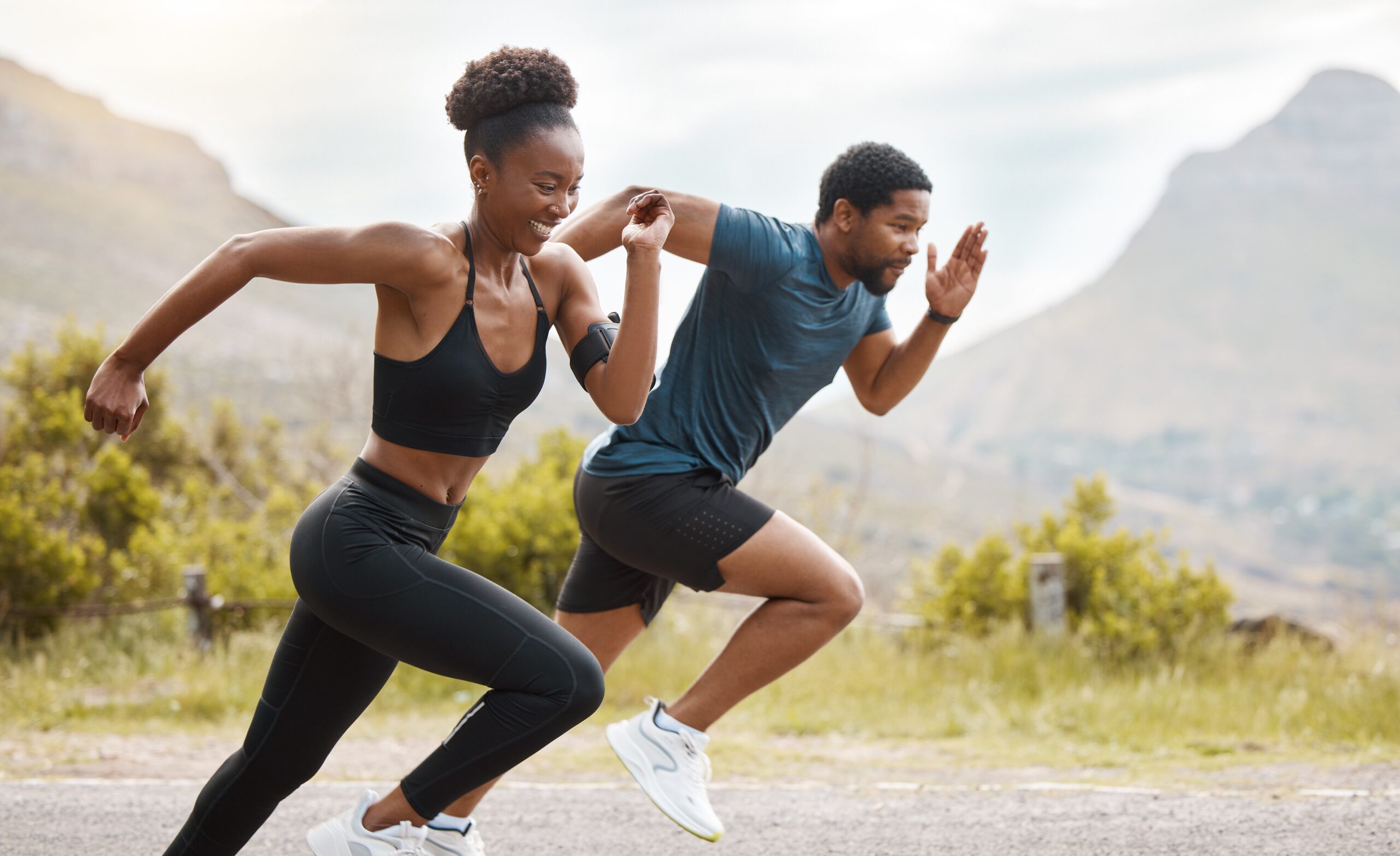Elevate Your Running & Prevent Injuries with Beginner Plyometrics
What’s that big and scary word in the title? If you’ve ever wondered how to level up your running while keeping those pesky injuries at bay, let me introduce you to your new best friend: plyometrics. Whether you’re a beginner runner or have been lacing up your shoes regularly for a few years, these simple and effective exercises can help you stay on top of your running game.
Written & edited by Pavlína Marek
What Are Those?
Plyometrics are explosive exercises that train your muscles to spring into action—literally. These movements involve quick jumps, hops, and bounds that might look simple but help your body become stronger and more efficient in its movement.
Injuries often plague new runners, and even seasoned ones don’t always escape the frustration. Plyometric training helps you strengthen everything from your muscles to your tendons and ligaments, creating a bulletproof foundation that helps you avoid common running injuries like runner’s knee or Achilles tendonitis.
Beginner plyometrics aren’t about going hard right away—they’re about building resilience, so you can keep chasing those miles without the setbacks.
Why Do I Need Plyometrics?
Walk around for a bit, or at least imagine what it’s like walking. There are times when only one foot is in contact with the ground, but there are also times when both feet support your weight. That is called the double support time (DST), and the usual amount of DST for a healthy adult is about 15-30%.
Now, do a short jog—or imagine what it feels like when you’re running. There’s no double support time—on the contrary, there’s time when both your feet are in the air. When you are in contact with the ground, only one foot is in touch with it. That means that shock absorption is always only up to one of your legs, and that balance becomes more important as you land on and take off only one of your feet at a time.
The beauty of plyometric training lies in its ability to enhance neuromuscular control. It’ll teach your body to land, absorb force, and stabilize yourself efficiently. When you practice proper landing mechanics during plyometric exercises, you’re rehearsing the same movement patterns you’ll use during every single run. Your nervous system learns to activate the right muscles at the right time, which in turn helps to prevent injury.
The Importance of Plyometrics for Beginner Runners
When you’re new to running, your joints, tendons, and ligaments haven’t yet adapted to the repetitive impact forces that come with logging miles. Each foot strike sends forces up to 2-3 times your body weight through your lower body, more if your form isn’t good. Without proper preparation, this can lead to frustrating injuries like runner’s knee, shin splints, Achilles tendonitis, and stress fractures.
This is where plyometrics become your best friend. Incorporating plyometric exercises into your routine is actually one of the smartest investments you can make in your long-term running health. Through controlled high-load exposure (strategic stress), plyometric training will help your muscles and connective tissues become stronger and more resilient. That way, you can tolerate the higher impact without injury.
Hungry for more details?
Plyometric exercises help you develop strength and balance thanks to a process called the stretch-shortening cycle (SSC), which sounds complicated but is actually pretty intuitive. When you land from a jump, your muscles stretch rapidly (that’s the eccentric phase), and then immediately snap back into a powerful contraction (the concentric phase). This quick stretch-and-bounce action is what makes plyometrics so effective for runners.
As you train, your brain will also get better at communicating with your muscles, creating smoother, more efficient movement patterns. The beauty of plyometrics lies in teaching your body to handle impact forces more effectively. Every time your foot hits the pavement while running, you’re absorbing several times your body weight. Plyometric training prepares your muscles and nervous system to manage these forces.
It’s Not That Hard!
The good news is that plyometric exercises can be extremely simple, and that even a little bit can go a long way. If you give it just 15 minutes three times a week, you’re already guaranteed to see results. (Don’t forget to space those sessions at least 48 hours apart.)
You don’t need any equipment to begin plyometrics—a single stair at home is enough. Some people might opt to start on softer surfaces like grass, especially if there are concerns about joints. (Just make sure that the piece of lawn you choose is level and even.)
The most important part is to focus on quality over quantity. Being able to do thirty single-leg hops is useless, if not downright harmful, if your landing technique is poor. Each landing should be controlled and deliberate, with your knees tracking over your toes and your core engaged. A safe landing is a soft landing (imagine you’re trying not to wake someone sleeping in the next room). You should absorb the force through your entire legs rather than just your knees, and maintain balance throughout the movement.
Beginner-Friendly Plyometric Exercises for Runners
You don’t need fancy equipment or learn complex movements to start doing plyometrics. The key is building a solid foundation with simple exercises that teach your body proper landing mechanics and force absorption.
- Lateral hops: Do a series of small side-to-side jumps, making sure the landing is soft and controlled.
- Single-leg hops: Hop on one leg, making sure to land softly on the ball of your foot. Do fifteen hops on one leg, then switch.
- Jump Rope: if you liked rope skipping in a schoolyard as a kid, you’re in luck! This simple movement is a great plyometric exercise which can also be lots of fun. (Have you seen the skip rope routines some people have been putting on the internet?)
- Squat jumps: This one gets a little harder. Jump straight up from a squat position, focusing on soft, controlled landings with knees tracking over your toes
- Box (stair) jumps: Step up/down onto a low box or a stair (start with 6-12 inches, stay at the bottom of the staircase), then progress to jumping up once you’re comfortable
- Broad jumps: Jump forward for distance, landing with both feet simultaneously and absorbing the impact through your hips and knees
These movements will help you learn to distribute force evenly. The muscles in your legs will also get stronger and better at handling the movements and impact, while your nervous system learns the rhythm of explosive movement followed by controlled deceleration.
Whether you’re a seasoned runner or you’re just starting out your running journey, give plyometrics a try. I can promise you it’ll support you on your running journey for a long time.


